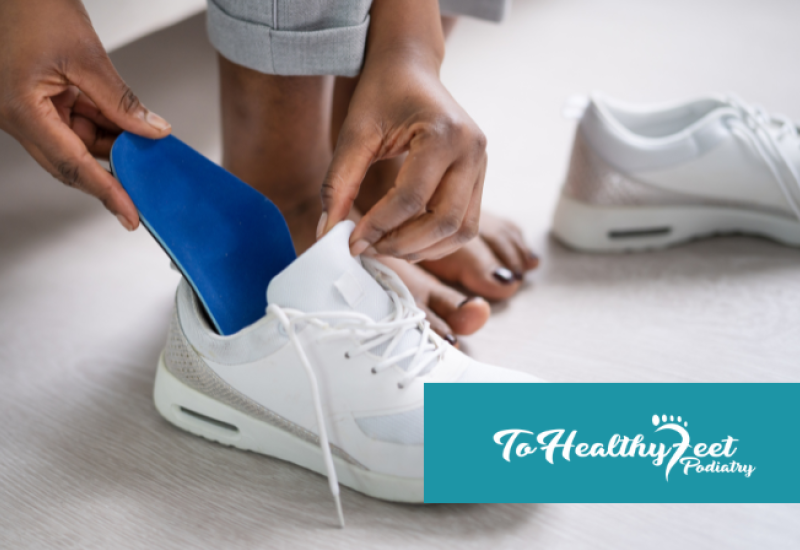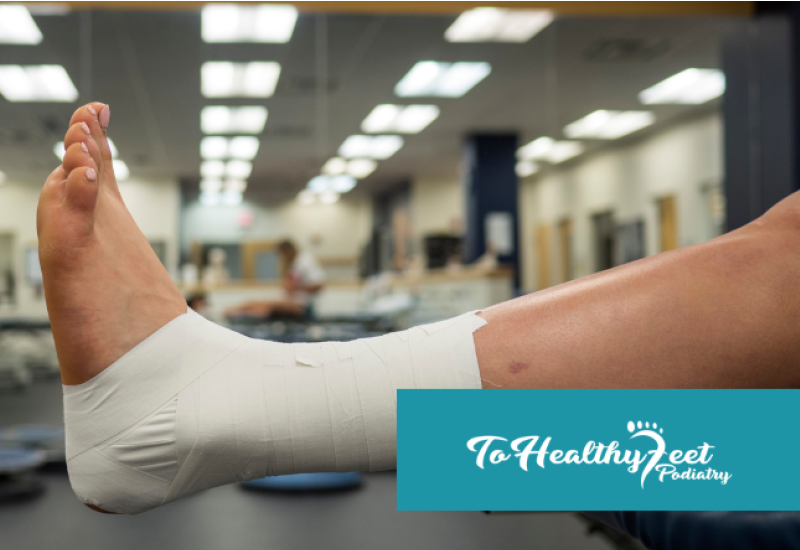Winter, with its serene snow-covered landscapes and crisp air, can be a magical time of the year. However, it also brings slippery sidewalks and icy pathways, making it a season fraught with the risk of foot injuries, particularly ankle sprains and fractures. These injuries are not only painful but can also sideline you from enjoying the winter activities you love. This blog aims to guide you through the best practices to prevent such injuries, keeping you active and safe throughout the colder months.
Understanding the Risk
The risk of ankle sprains and fractures increases significantly during winter. This is primarily due to the icy and slippery conditions that prevail. A simple misstep on an icy patch can lead to a twisted ankle or worse, a fracture. The body's natural reflex is to stabilize itself during a slip, often putting undue stress on the ankles. This sudden and unexpected force can stretch or tear the ligaments in the ankle (a sprain) or cause a break in the bones (a fracture).
Appropriate Footwear
One of the most effective ways to prevent ankle injuries in winter is by wearing the right footwear. Shoes or boots with good traction can greatly reduce the risk of slipping. Look for footwear with non-slip soles and adequate ankle support. Winter boots should also be snug, but not too tight, allowing for good circulation, which is vital for maintaining foot health in cold temperatures. Avoid high heels or smooth-soled shoes when walking on snow or ice. For those who regularly encounter icy conditions, attaching crampons or ice grips to your shoes can provide extra stability.
Be Mindful of Your Surroundings
Paying attention to where you’re walking is crucial during winter. Avoid areas that look particularly icy or snowy if possible. If you must traverse an icy patch, take slow, small steps to maintain your balance and reduce the chance of slipping. Use handrails where available, and be cautious when getting out of cars or walking down steps, as these are common places where slips occur.
Strengthening and Balance Exercises
Another key element in preventing ankle injuries is to maintain good foot and ankle strength, as well as balance. Regular exercises that strengthen the muscles around your ankles can provide better support and reduce the risk of injuries. Simple exercises like calf raises, ankle circles, and toe points can be done at home without any special equipment. Additionally, incorporating balance exercises into your routine, such as standing on one foot or using a balance board, can improve your body’s ability to react to slippery surfaces.
Vitamin D and Bone Health
During winter, the lack of sunlight can lead to a deficiency in Vitamin D, a crucial component for bone health. A deficiency in Vitamin D can weaken bones, making them more susceptible to fractures. Including Vitamin D rich foods in your diet, such as fatty fish, cheese, and egg yolks, or taking supplements as recommended by a healthcare provider, can help maintain bone strength. This is particularly important for older adults, who are more prone to falls and have a higher risk of fractures.
Winter's beauty should not be overshadowed by the fear of foot injuries. By taking preventive measures such as wearing appropriate footwear, being mindful of icy surfaces, engaging in strengthening and balance exercises, and maintaining good bone health, you can significantly reduce the risk of ankle sprains and fractures. Remember, it's not just about avoiding injuries; it's about enjoying the winter season to its fullest. Stay safe, stay active, and let the joy of winter envelop you without the worry of foot injuries.
Written on behalf of To Healthy Feet Podiatry.
FAQs
Q: Should I use heat or ice for an ankle injury in winter?
A: Initially, use ice to reduce swelling. After the first 48 hours, you can use heat to ease discomfort and improve circulation.
Q: How can I tell if I've sprained my ankle or fractured it?
A: Symptoms of both can include pain, swelling, and difficulty walking. A fracture may also cause bruising and deformity. Consult a doctor for an accurate diagnosis.
Q: What are the signs of frostbite on my feet?
A: Symptoms include numbness, tingling, swelling, and skin color changes (red, white, bluish-white). In severe cases, blisters or blackened skin may occur.




